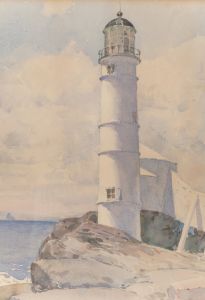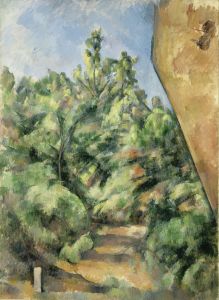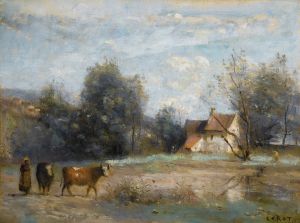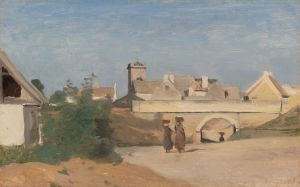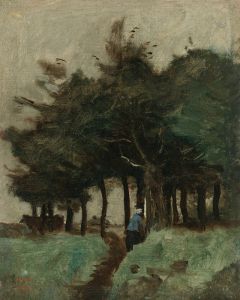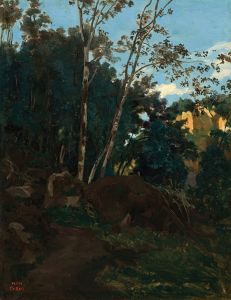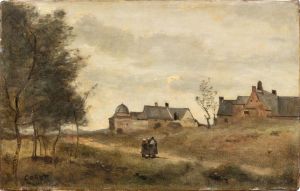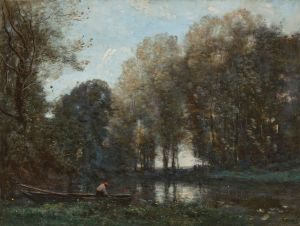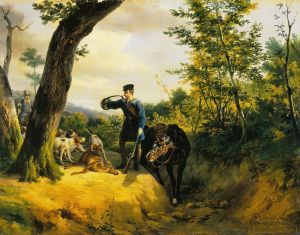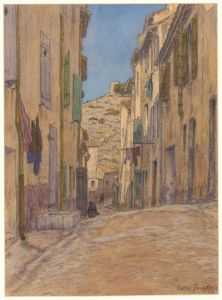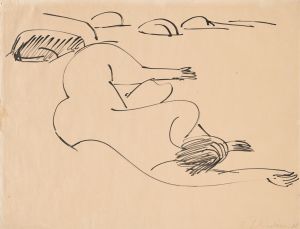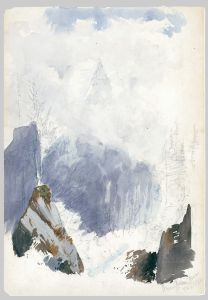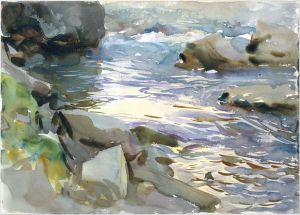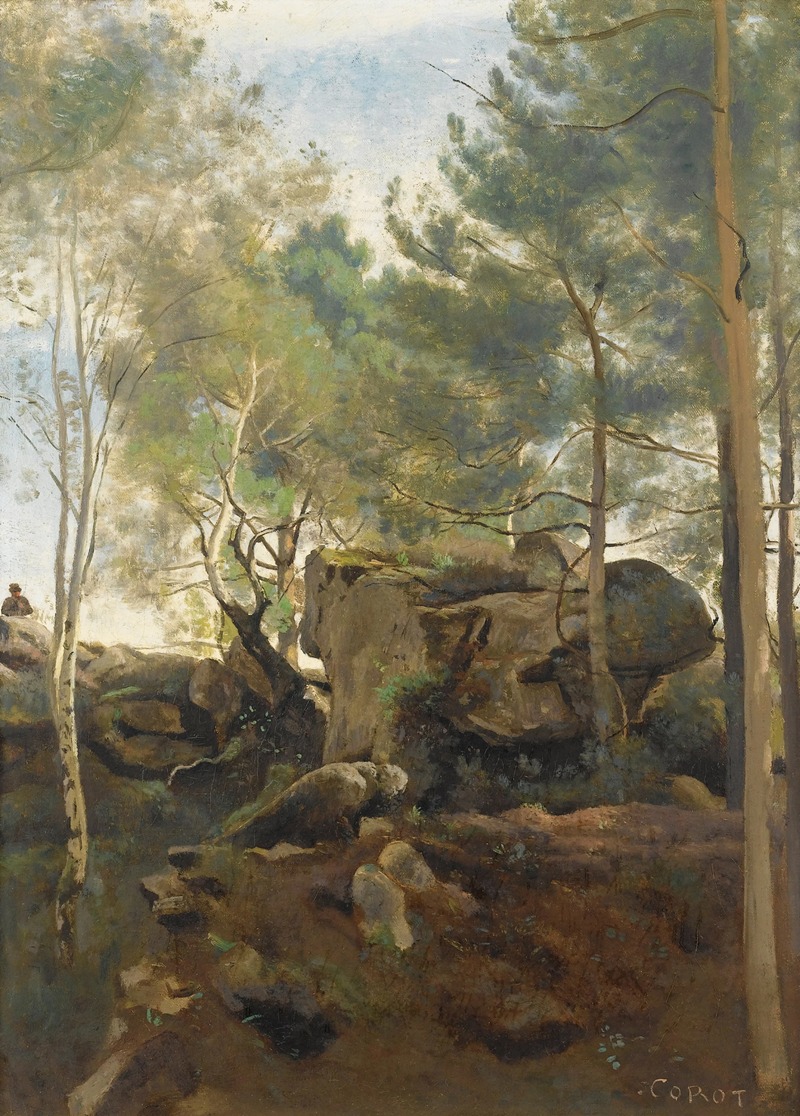
Fontainebleau. Pins et bouleaux dans les rochers
A hand-painted replica of Jean-Baptiste-Camille Corot’s masterpiece Fontainebleau. Pins et bouleaux dans les rochers, meticulously crafted by professional artists to capture the true essence of the original. Each piece is created with museum-quality canvas and rare mineral pigments, carefully painted by experienced artists with delicate brushstrokes and rich, layered colors to perfectly recreate the texture of the original artwork. Unlike machine-printed reproductions, this hand-painted version brings the painting to life, infused with the artist’s emotions and skill in every stroke. Whether for personal collection or home decoration, it instantly elevates the artistic atmosphere of any space.
"Fontainebleau. Pins et bouleaux dans les rochers" is a painting by the French artist Jean-Baptiste-Camille Corot. Corot, born on July 16, 1796, in Paris, France, is widely recognized as a pivotal figure in landscape painting and a precursor to the Impressionist movement. His works often depict serene natural scenes, characterized by their delicate interplay of light and shadow.
This particular painting, whose title translates to "Fontainebleau. Pines and Birches among the Rocks," captures a tranquil scene within the Forest of Fontainebleau, a location that was a significant source of inspiration for many artists of the Barbizon School, including Corot. The forest, located approximately 60 kilometers southeast of Paris, is renowned for its picturesque landscapes, featuring a mix of dense woods, rocky outcrops, and open glades.
In "Fontainebleau. Pins et bouleaux dans les rochers," Corot employs his characteristic style, blending realism with a poetic sensibility. The painting showcases a group of pine and birch trees standing amidst rocky terrain. The composition is balanced, with the trees and rocks creating a harmonious interplay of vertical and horizontal elements. Corot's use of light is particularly noteworthy; he captures the subtle variations in illumination that filter through the forest canopy, lending the scene a serene and almost ethereal quality.
Corot's technique in this painting reflects his mastery of plein air painting, a method where artists paint outdoors to directly capture the effects of light and atmosphere. This approach was revolutionary at the time and laid the groundwork for the later developments of the Impressionist movement. In "Fontainebleau. Pins et bouleaux dans les rochers," Corot's brushwork is both precise and fluid, allowing him to depict the textures of the trees and rocks with remarkable fidelity while also conveying a sense of the scene's overall mood and atmosphere.
The painting is also an excellent example of Corot's ability to blend detailed observation with a sense of timelessness. While the scene is rooted in a specific location, Corot's treatment of the landscape imbues it with a universal quality, inviting viewers to experience the quiet beauty of nature.
Jean-Baptiste-Camille Corot's influence on the art world extends beyond his own works. He was a mentor to many younger artists and played a crucial role in the transition from the classical landscape traditions of the 18th century to the more modern approaches of the 19th century. His ability to capture the essence of a landscape with both precision and emotion has earned him a lasting place in the history of art.
"Fontainebleau. Pins et bouleaux dans les rochers" remains a testament to Corot's skill and vision as an artist. It continues to be admired for its technical excellence and its ability to evoke the serene beauty of the natural world.





